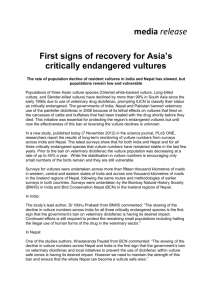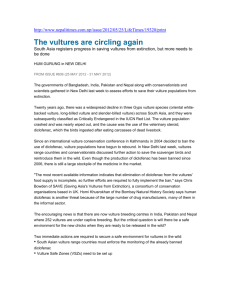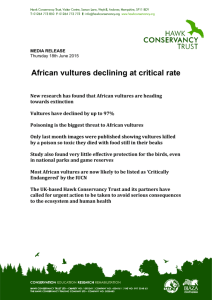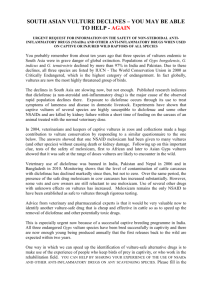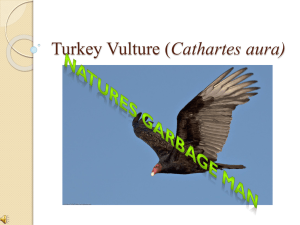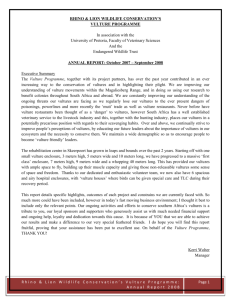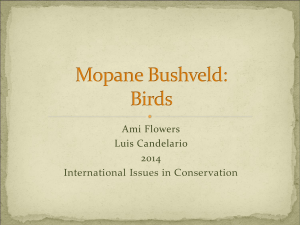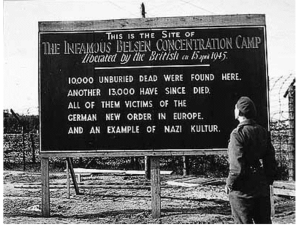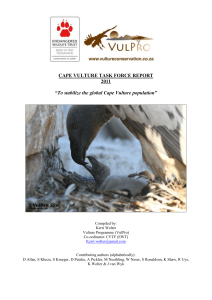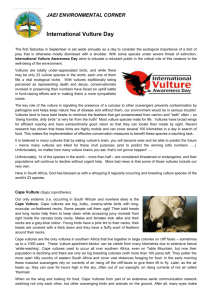Praise for Governments in `Science` article South Asian
advertisement
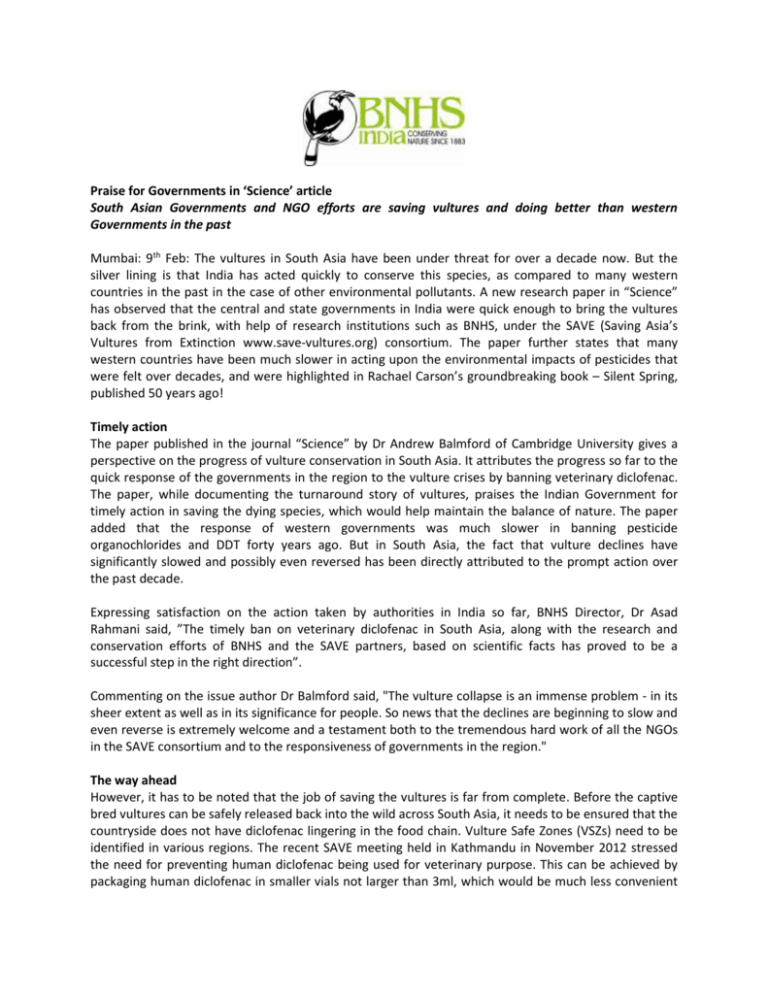
Praise for Governments in ‘Science’ article South Asian Governments and NGO efforts are saving vultures and doing better than western Governments in the past Mumbai: 9th Feb: The vultures in South Asia have been under threat for over a decade now. But the silver lining is that India has acted quickly to conserve this species, as compared to many western countries in the past in the case of other environmental pollutants. A new research paper in “Science” has observed that the central and state governments in India were quick enough to bring the vultures back from the brink, with help of research institutions such as BNHS, under the SAVE (Saving Asia’s Vultures from Extinction www.save-vultures.org) consortium. The paper further states that many western countries have been much slower in acting upon the environmental impacts of pesticides that were felt over decades, and were highlighted in Rachael Carson’s groundbreaking book – Silent Spring, published 50 years ago! Timely action The paper published in the journal “Science” by Dr Andrew Balmford of Cambridge University gives a perspective on the progress of vulture conservation in South Asia. It attributes the progress so far to the quick response of the governments in the region to the vulture crises by banning veterinary diclofenac. The paper, while documenting the turnaround story of vultures, praises the Indian Government for timely action in saving the dying species, which would help maintain the balance of nature. The paper added that the response of western governments was much slower in banning pesticide organochlorides and DDT forty years ago. But in South Asia, the fact that vulture declines have significantly slowed and possibly even reversed has been directly attributed to the prompt action over the past decade. Expressing satisfaction on the action taken by authorities in India so far, BNHS Director, Dr Asad Rahmani said, ”The timely ban on veterinary diclofenac in South Asia, along with the research and conservation efforts of BNHS and the SAVE partners, based on scientific facts has proved to be a successful step in the right direction”. Commenting on the issue author Dr Balmford said, "The vulture collapse is an immense problem - in its sheer extent as well as in its significance for people. So news that the declines are beginning to slow and even reverse is extremely welcome and a testament both to the tremendous hard work of all the NGOs in the SAVE consortium and to the responsiveness of governments in the region." The way ahead However, it has to be noted that the job of saving the vultures is far from complete. Before the captive bred vultures can be safely released back into the wild across South Asia, it needs to be ensured that the countryside does not have diclofenac lingering in the food chain. Vulture Safe Zones (VSZs) need to be identified in various regions. The recent SAVE meeting held in Kathmandu in November 2012 stressed the need for preventing human diclofenac being used for veterinary purpose. This can be achieved by packaging human diclofenac in smaller vials not larger than 3ml, which would be much less convenient for using on cattle. Talking on the issue, Chris Bowden, Programme Manager, SAVE said, “Establishing a safety-testing system for alternative veterinary drugs is essential since some of them are probably as dangerous as diclofenac. Government action so far has been quite good and with the help of IVRI (Indian Veterinary Research Institute), we hope that these last essential steps can also be taken”. Background Populations of the three Asian vulture species, viz. Oriental White-backed Vulture, Long-billed Vulture and Slender-billed Vulture, declined by more than 99% in South Asia since the early 1990s. Veterinary diclofenac had lethal effects on vultures that fed on cattle carcasses, which had been treated with the drug shortly before death. The governments in South Asia subsequently banned the veterinary use of the painkiller in 2006. Meanwhile, scientists from BNHS and RSPB (Royal Society for the Protection of Birds, UK), along with forest departments in various states of India have been successfully working on vulture breeding, advocacy and field research such as carcass sampling. The SAVE consortium for efforts across borders was set up in 2011 and subsequently a new Regional Steering Committee has been set up by International Union for Conservation of Nature (IUCN) and the Indian Government. At present over 250 vultures are being nurtured in the three BNHS conservation breeding centres in India. In 2012, 26 new vultures were raised. In the wild, the latest trends suggest that the vulture decline has slowed since 2007 and White-backed Vulture numbers have even increased in some localised areas. For more information do visit www.save-vultures.org and www.bnhs.org --- Atul Sathe, Manager-Communications, BNHS The link to the abstract of ‘Perspective’ by Andrew Balmford, after the embargo lifts, will be: http://www.sciencemag.org/lookup/doi/10.1126/science.1234193
